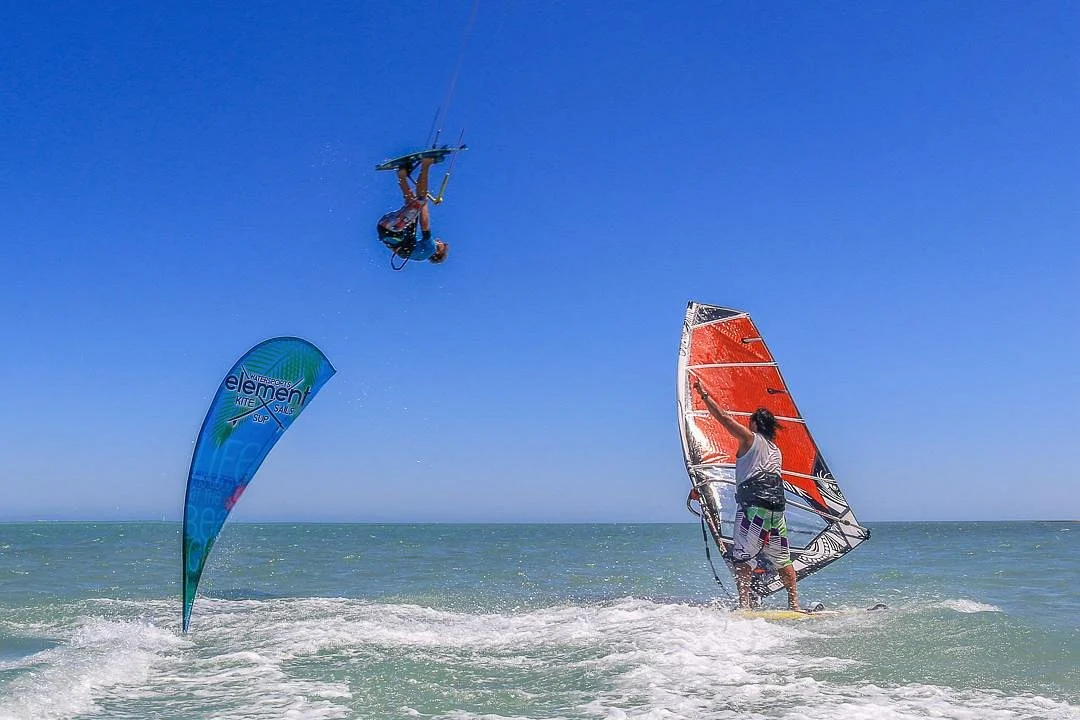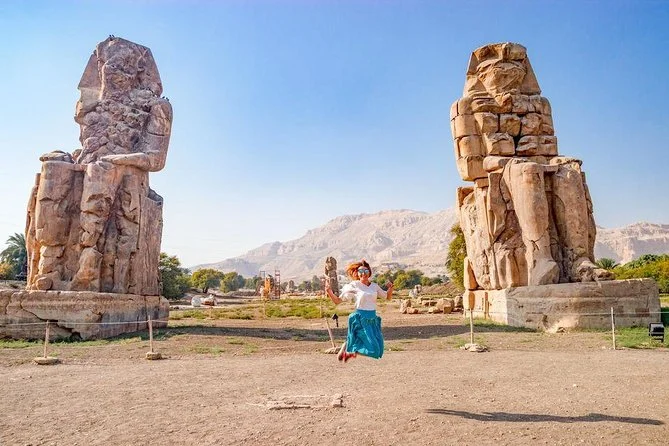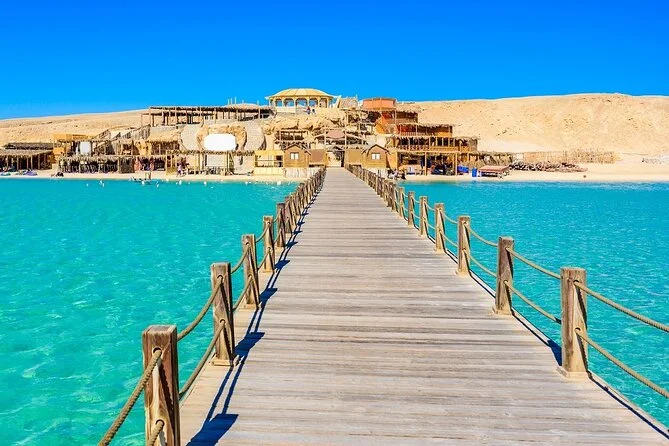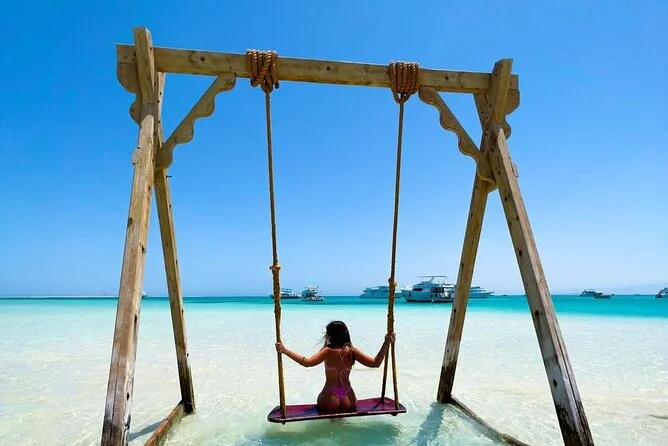Soma Bay & El Gouna 2026: Kitesurfing and Windsurfing
Quick Summary (TL;DR): Soma Bay and El Gouna deliver year-round wind, beginner-friendly lagoons, and pro-level coaching—making Egypt’s Red Sea the most dependable kitesurf and windsurf base for 2026 travelers.
At dawn, the wind skims across mirror-flat water, lifting the scent of salt and suncream as foils whisper past the sandbar. During our March 2025 visit, instructors were rigging compact 7–9 m kites while early birds traced long, butter-smooth tacks across Soma Bay’s lagoon. By mid-morning, boards hissed and wings popped as steady side-onshore gusts filled the bay, and rescue boats idled at the channel markers—quietly reassuring.
Why now? As of 2026, the Red Sea’s wind reliability coincides with a global boom in wingfoiling and short-stay skill camps. El Gouna’s lagoon network and Soma Bay’s expansive flats offer rare consistency: clean take-offs, wide sandy launches, and warm water that rarely dips below 22°C, even in winter. Newer safety protocols, improved forecasts, and rental fleets geared for foiling have made progression faster—and trips more productive.
What Makes Soma Bay & El Gouna Special in 2026
Two distinct wind playgrounds within an hour of the same airport is the core advantage. El Gouna’s interconnected lagoons create long, forgiving reaches with soft sand underfoot—ideal for first waterstarts and foil transitions. Soma Bay, farther south toward Safaga, trades bustle for vast, open flats where advanced riders chase speed lines and join downwind clinics. From March to October, 15–25-knot days are common; winter brings mellower 12–18-knot sessions with cooler air and glassy mornings. According to local instructors, summer riders typically rig 5–9 m kites and small wings, shifting to 9–12 m in shoulder seasons for freeride comfort. Water stays warm (22–29°C) and visibility often exceeds 20 m, so a no-wetsuit or shorty setup suffices most of the year. Rescue coverage, marked channels, and broad launch zones keep both spots accessible while still rewarding experts with slick flats and reliable wind angles.
Top Things to Do in Soma Bay & El Gouna
- Lagoon progression in El Gouna: Dial in waterstarts, transitions, and first foil flights on forgiving, shallow water; study wind lines from the sandbars and rotate short, focused drills in the protected lagoons of El Gouna.
- Flat-water speed and downwinders in Soma Bay: Use the wide, laminar wind and endless fetch to work on speed runs, tacks, and sustained downwind technique across the spacious flats of Soma Bay.
- Rest-day snorkel at Giftun Islands: Swap harnesses for fins and drift over hard and soft coral gardens; full-day boats often leave around 8:00 AM, returning mid-afternoon to catch an evening breeze at the beach (Giftun Islands).
Where to Stay in Soma Bay & El Gouna (2026 Guide)
El Gouna suits variety: stay near the marinas for dining and nightlife (couples, groups), opt for lagoon-front guesthouses for quick launches (solo learners), or base near family-friendly beaches with calmer bays (families). Soma Bay is simpler and quieter, with resort clusters fronting the kitespots; it’s ideal for focused training weeks, couples seeking easy wind access, and families who value short walks between rooms, the beach, and kids’ pools. In both areas, you’ll find budget-friendly lodgings up to luxury resorts; booking 3–6 weeks ahead is wise for March–May and September–November.
Best Time to Visit Soma Bay & El Gouna
January–February: 20–23°C days, cooler evenings, lighter but rideable winds; fewer crowds, lower rates. March–May: 24–30°C, frequent 15–22-knot days; busier schools and steady progress conditions. June–August: 32–38°C heat, strong midday wind; ride early/late, hydrate aggressively. September–November: 26–32°C, consistent wind and warm water; premium for camps. December: 21–24°C, variable breezes and glassy mornings; crowd levels ease.
Getting There and Around
Fly into Hurghada International (HRG). El Gouna sits roughly 25–30 km north (about 30–40 minutes by car), while Soma Bay lies about 45–55 km south toward Safaga (45–60 minutes). Pre-booked transfers are the simplest with gear. In El Gouna, authorized tuk-tuks and hotel shuttles connect marinas, beaches, and lagoons. Soma Bay is compact: resort shuttles and beach paths handle daily movements. Many full-day island tours depart around 8:00 AM; wind lessons commonly run in 2–3-hour blocks with a midday break. To compare options, see browse all tours and activities.
Sustainable Travel Tips
Use reef-safe sunscreen and avoid standing on coral or seagrass when launching. Refill bottles at hotel stations; many operators accept soft flasks on boats. Keep 50 m from turtles and dolphins; never chase wildlife. Pack a repair kit to extend gear life and consider renting to reduce baggage emissions. Dress modestly away from beaches and respect prayer times—good etiquette goes a long way. Early sessions reduce energy use from midday shuttles and beat crowding.
Frequently Asked Questions
How many days do you need in Soma Bay and El Gouna?
Four to six days balances lessons, rest, and at least two high-wind windows. With year-round breezes, a week lets beginners progress steadily and gives intermediates time for downwinders and foil refinement.
Is Soma Bay & El Gouna good for beginners and families?
Yes. Waist-deep lagoons, sandy entries, and side-onshore wind create a forgiving environment. Rescue boats monitor channel zones, and many beaches have gentle swimming areas near shaded facilities for kids and non-riders.
What's the best month to visit Soma Bay & El Gouna?
For wind plus comfort, April–May and September–October offer 24–32°C air, warm water, and frequent 15–22-knot days. Summer is windier but hotter; winter is cooler with smoother mornings and fewer crowds.
Looking ahead, 2026 will lean even harder into wingfoil coaching blocks, safety-first guiding, and hybrid “ride-and-snorkel” days. If you’re weighing which Red Sea base to choose—or planning a twin-stop itinerary—start with our overview of Red Sea destinations and build from there.



